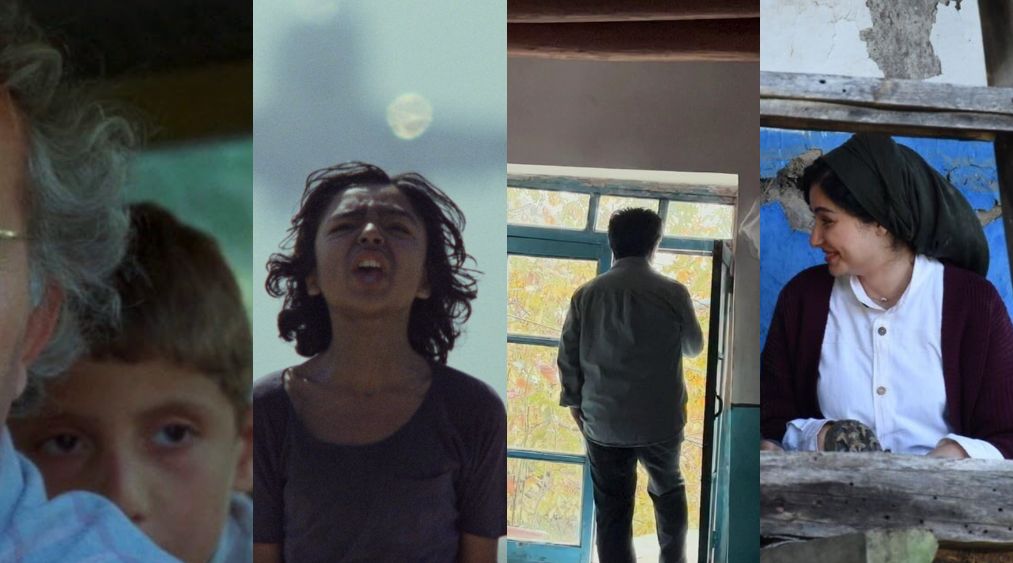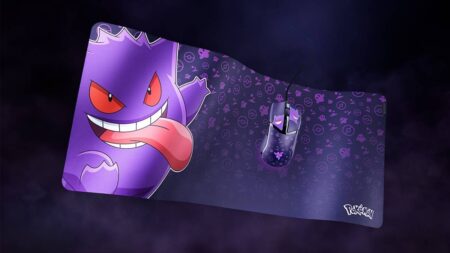The Seed of the Sacred Fig (2024) is a triumph among Iranian films. Its mere existence is a miracle and testament to the sheer willpower of writer and director Mohammad Rasoulof’s determination to portray the plight of his nation at all costs. It is also an incredible movie unto itself. The Seed of the Sacred Fig mixes fiction and real-life footage to portray the brutality, corruption, and inhumanity of the Iranian regime in the days following the death of youth activist Jina Mahsa Amini while in police custody for how she was wearing her hijab.
While The Seed of the Sacred Fig is singular, it is not unique in its style or context within Iranian cinema. Rasoulof is heavily inspired by the “Iranian New Wave,” which mixes fiction, documentary, and a precarious place in between while simultaneously depicting the beauty and social disorder of Iran, its people, and its government.
We have five Iranian films to recommend you watch after The Seed of the Sacred Fig to illustrate the breadth of Iranian cinema, the bravery of its creators, and the beauty of the people and land they depict.
There Is No Evil (2020)
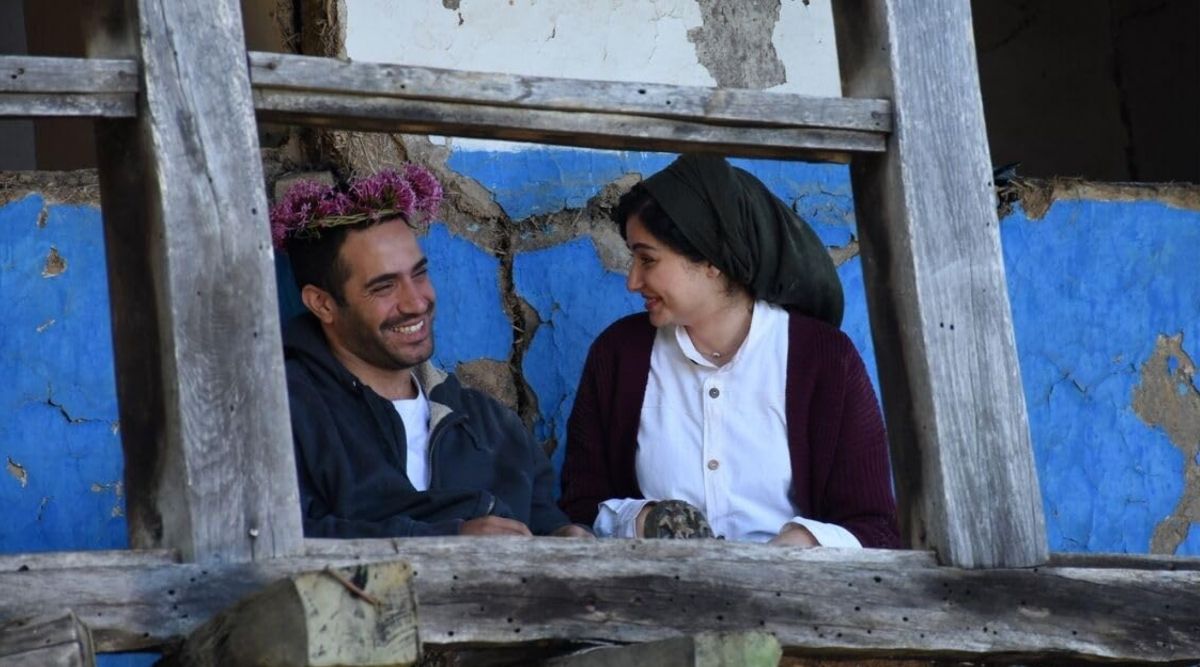
Director: Mohammad Rasoulof
Writer: Mohammad Rasoulof
Over a career that has always critiqued the Iranian government and its supplicants, Mohammad Rasoulof’s film There is No Evil (2020) offered that criticism the most overtly before The Seed of the Sacred Fig. The film offers four increasingly devastating vignettes about the death penalty in Iran. Each one is portrayed from different perspectives, sometimes the jailer responsible for executions, sometimes the victims themselves.
The range of emotions from episode to episode is vast. The style of There is Not Evil is a little less narratively driven than The Seed of the Sacred Fig, dipping more into the pseudo-documentary styles famous across Iranian movies. But like The Seed of the Sacred Fig, Rosoulof’s determination to portray the cruelty of the Islamic Revolutionary Court is ceaseless. He had already been jailed and banned from leaving the country several times for earlier films, going back to 2010. Yet, There Is No Evil is essential in the history of Iranian films.
Where To Watch: Kino Film Collection
No Bears (2022)
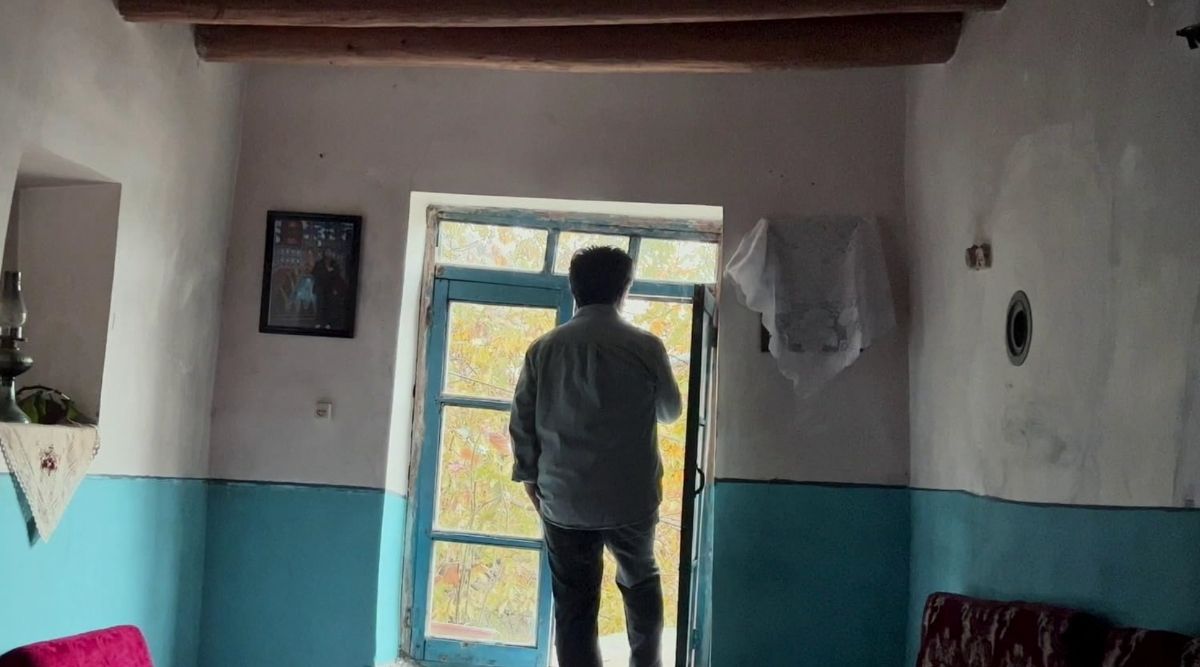
Director: Jafar Panahi
Writer: Jafar Panahi
The director of No Bears (2022) has a disposition similar to Rosoulof’s. Jafar Panahi is an equally respected Iranian filmmaker whose opinions on the Iranian government are well-documented in his movies. This has resulted in numerous arrests, film bans, and travel bans, none of which have stopped him from continuing to create movies like No Bears.
Like many Iranian films before it, No Bears uses the classic Iranian cinema blend of documentary and fiction. Panahi plays himself in a situation not dissimilar from his real life. His character secretly shoots a film on the border of Iran and Turkey. The audience would be forgiven for mistaking the film for a documentary, the way it’s shot. And as the characters in No Bears struggle with love and the means to achieve freedom outside of Iran, so too are the characters in the movie they are filming. The multiple layers of meta-filmmaking create a captivating filmgoing experience while highlighting the severe circumstances under which Panahi has made his films for decades.
Where To Watch: The Criterion Channel
The Apple (1998)
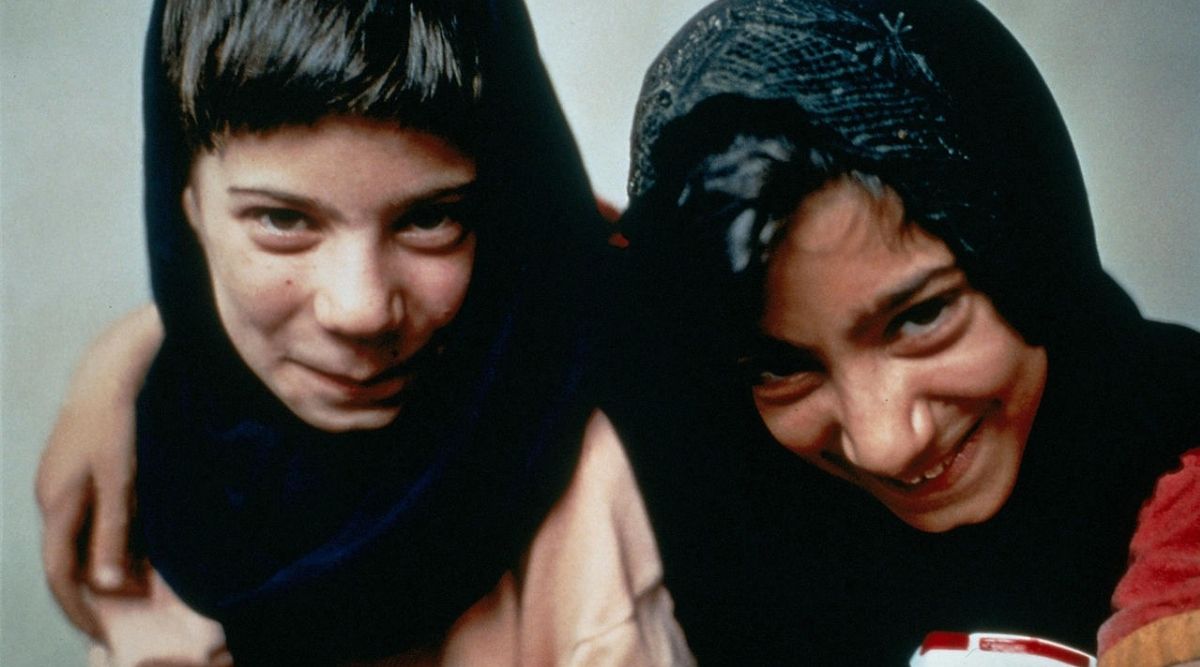
Director: Samira Makhmalbaf
Writer: Mohsen Makhmalbaf
An earlier example of the Iranian film tradition of actors and non-actors playing themselves in movies is Samira Makhmalbaf’s The Apple. However, unlike the previous films, The Apple is also based on a true story about twins Massoumeh and Zahra, who were locked in their home until they were 12 years old. Neighbors lodged a complaint with the local government, and the girls were rescued.
The story is bold as it is, but telling this story with the actual girls who experienced it is nearly unthinkable. But it’s also a hopeful story. Makhmalbaf directed the movie, written by her father, when she was only 17, lending some youthful authenticity to the wonder with which the girls approach their new world. While it remains a biting commentary on pride and the things that trap us emotionally, The Apple is foremost interested in depicting the joy and life Massoumeh and Zahra are filled with after their father is forced to let them out.
Where To Watch: Kanopy
And Life Goes On (1992)
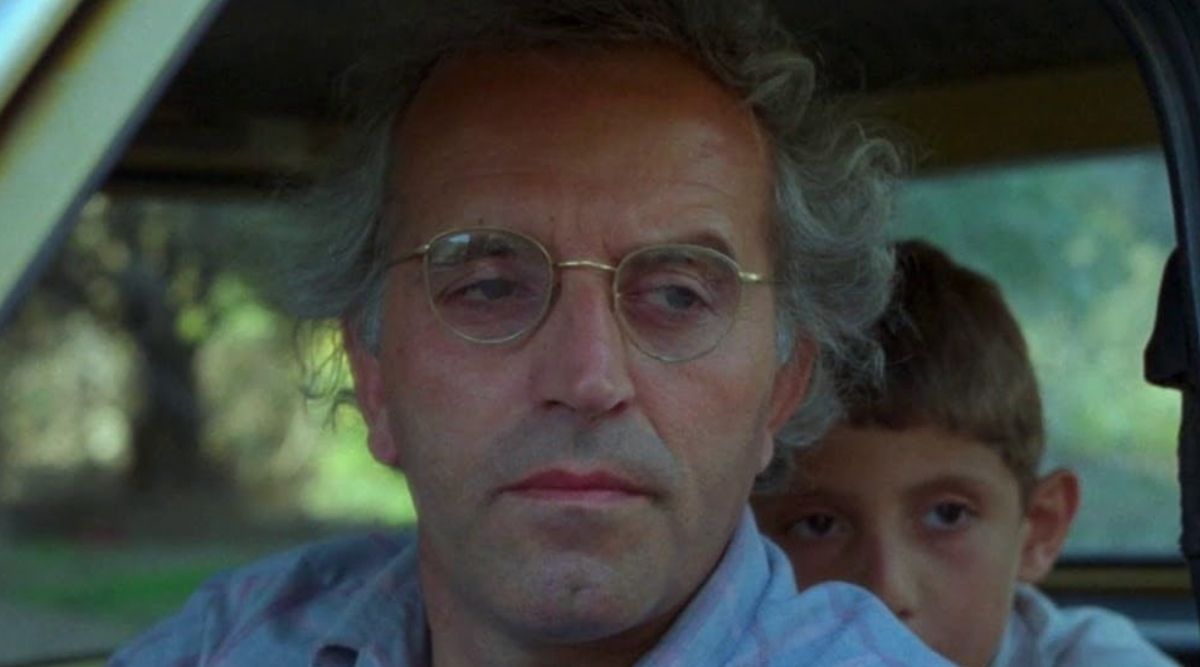
Director: Abbas Kiarostami
Writer: Abbas Kiarostami
No list of Iranian films would be complete without an entry by perhaps its greatest master, Abbas Kiarostami. Virtually any of his movies would be appropriate for this list, Taste of Cherry and Close-Up being the most famous. But a decade before those masterpieces, Kiarostami began his feature film career with Where is the Friend’s House, a movie about a schoolboy who goes on a long trek alone to find a classmate who forgot his homework at school. It would later become the first movie in what is now called Kiarostami’s Koker Trilogy.
An incredible movie itself, its follow-up And Life Goes On (aka Life, and Nothing More) is essential to the history of Iranian films and perfect as a follow-up to The Seed of the Sacred Fig. In a stroke of meta-fictional genius, the conceit is that five years after the first movie, after an earthquake struck the location where The Friend’s House was filmed in real life, Where is the Friend’s House’s “director” travels back to search for its stars. The actors from the original movie play themselves, while the “director” is played by Farhad Kheradmand.
While Close-Up established Kiarostami’s signature meta-casting, it was more akin to a reenactment of a real trial. And Life Goes On further broke that format by telling a fictional story about real people. And none of that is even to mention the follow-up to And Life Goes On, Through the Olive Trees. That film gets even more meta by telling a fictional story about two cast members during the filming of And Life Goes On—essentially, it’s a movie set within the world of a movie that is set within the world of another movie, but the actors are all playing “themselves.”
Where To Watch: The Criterion Channel
The Runner (1984)
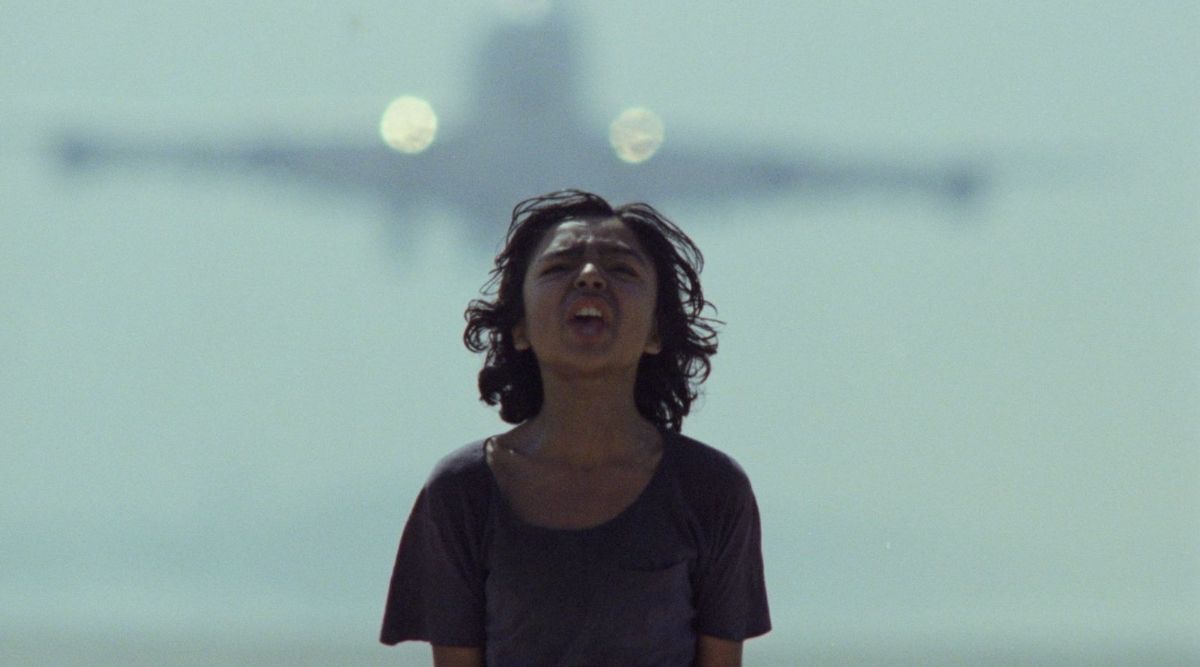
Director: Amir Naderi
Writers: Amir Naderi and Behrouz Gharibpour
The Runner is not meta-fiction. It’s not a depiction of government overreach or societal woes, either. But it is very real. It’s a slice-of-life movie about a kid, Amiro (Madjid Niroumand), living in poverty, hustling for money, challenging himself to go to school, and running for fun. It is pure and simple, fun and inspiring. Nonetheless, it’s an essential building block for Iranian films 40 years later, like The Seed of the Sacred Fig.
The Runner may be less interested in post-Revolutionary politics, but they share the same DNA as so many of Iran’s best films—that the youth are our future and their freedom to learn, grow, and express themselves should be a revolution unto itself.
Where To Watch: VOD
The modern history of Iranian films is filled with masterworks renowned for blending reality and fiction with their beauty and creative, often meta storytelling. These five films are but a sampling of the movies you should watch after The Seed of the Sacred Fig to explore more of this powerful national cinema.

